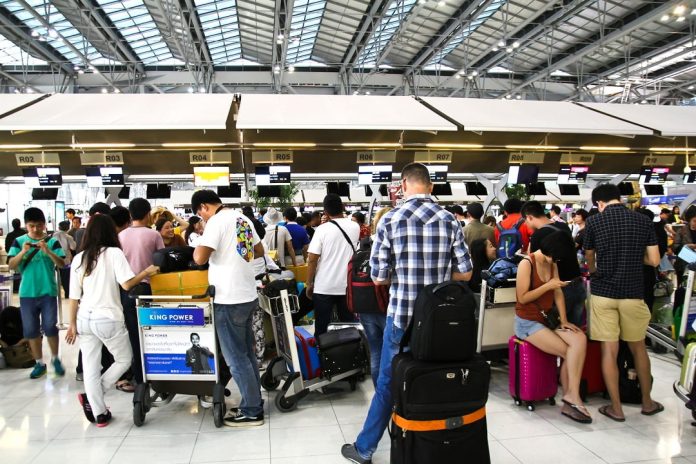THE Islamist murder and maiming of hundreds of travellers at Brussels Airport have led to the examination of security technology and procedures surrounding publics spaces in airports across Europe, according to WSJ.
“The aviation-security checkpoint has been under intense scrutiny, it is heavily regulated, it works,” says Matthew Finn, managing director of Augmentiq, a security consulting firm. “But we still finds ourselves with public spaces, such as the check-in area in Brussels, that are vulnerable.”
Modern technology rather than a security checkpoint has been touted as a means to control access to airports.
Digital Barrier PLC, a security equipment provider based in London, has developed sensors that are able to detect suicide belts, submachine guns and other hidden threats at a range of 30m, according to the report. The company’s ThruVis camera, which can be hidden, can see through clothes and detect concealed objects as people walk by
Zak Doffman, the company’s chief executive, says the technology is already being used in some airports and that they’re seeing a “renewed interest at the moment.”
Public space is under threat globally from Islamist terror attacks, with 80 people, including many children, slaughtered at a playground in Lahore recently. ♦












